
“Oh, my aching back!” Everyone has uttered these words at some point, in response to the sharp, sudden pain that comes with back spasms. This article will explore the causes of back spasms, their symptoms and, most importantly, effective treatments. Whether you’re experiencing your first spasm or seeking ways to prevent future episodes, understanding the triggers and what to do is key. What is a back spasm? According to the Cleveland Clinic, back spasms can range from tiny twinges to crippling contractions that leave you unable to move. They occur when the muscles in your back contract involuntarily and intensely. The sensation can vary widely from person to person. For some, it may come on as a mild, dull ache or an occasional twitch; for others, it can escalate into sharp, excruciating pain that becomes debilitating. What causes back spasms? Many factors can contribute to these sudden and often painful muscle contractions. Understanding the underlying triggers is essential in both preventing and addressing back spasms. The Cleveland Clinic provides this list of common back spasm causes. Insufficient muscle usage — Prolonged periods of sitting, poor posture, lack of exercise and underutilizing back and abdominal muscles can result in weakness, making the muscles prone to spasms and discomfort. Overexertion and excessive use of muscles — Athletes and individuals involved in heavy lifting activities may experience spasms… read on > read on >









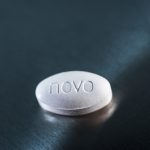
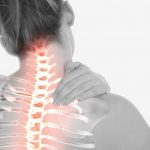


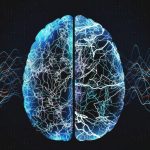
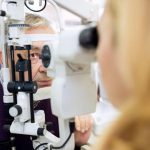

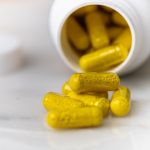









-300x200.jpg)










